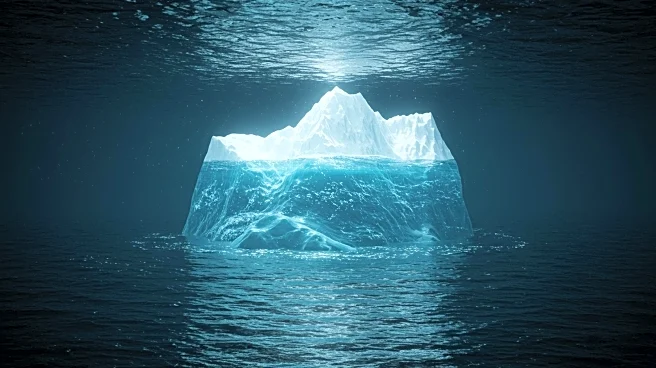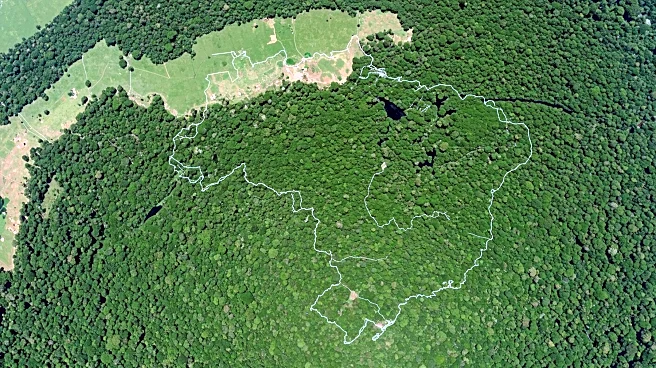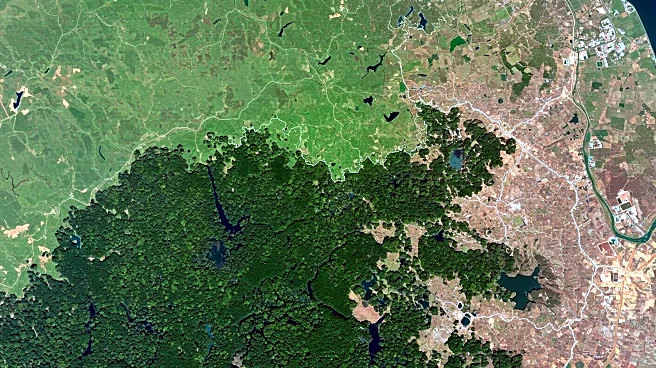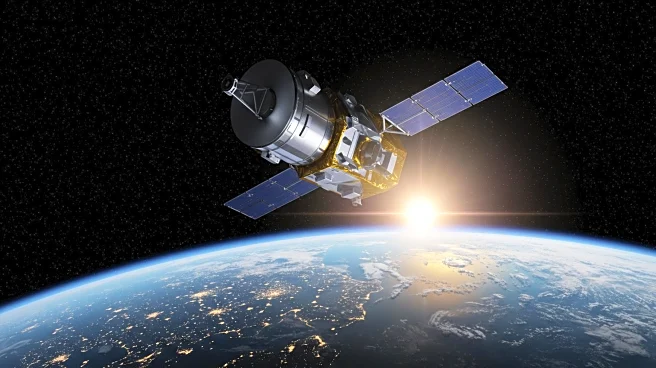Rapid Read • 7 min read
NASA's advanced supercomputers have been utilized by researchers to study the effects of Greenland's Sermeq Kujalleq glacier melt on nearby coastal waters. The study, published in Communications Earth & Environment, focuses on how glacier meltwater influences marine ecosystems, particularly through nutrient-rich plumes that support phytoplankton growth. This research aims to understand the complex interactions between glacier melt and marine life, highlighting the role of nutrient plumes in fostering marine productivity.
AD
The study underscores the broader implications of climate change, as rising global temperatures accelerate glacier melting, potentially increasing nutrient plumes and phytoplankton activity. This could impact marine ecosystems and carbon cycling, contributing to climate-related changes such as rising sea levels. The research provides a model applicable to other regions, offering insights into the environmental effects of glacier melt and aiding in the prediction of future ecological shifts.
Researchers plan to expand their simulations to other regions, using the findings as a blueprint to assess the impacts of climate change globally. This approach could help predict changes in marine ecosystems and inform strategies to mitigate climate-related challenges, such as severe storms and droughts.
The study highlights the need for comprehensive measurements of nutrient availability to better understand ecosystem changes. This research could influence policy decisions regarding climate change mitigation and adaptation strategies, emphasizing the importance of scientific tools in addressing global environmental challenges.
AD
More Stories You Might Enjoy










